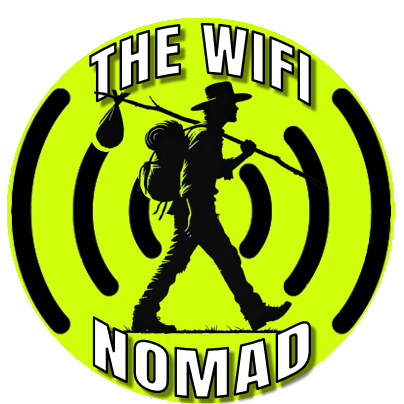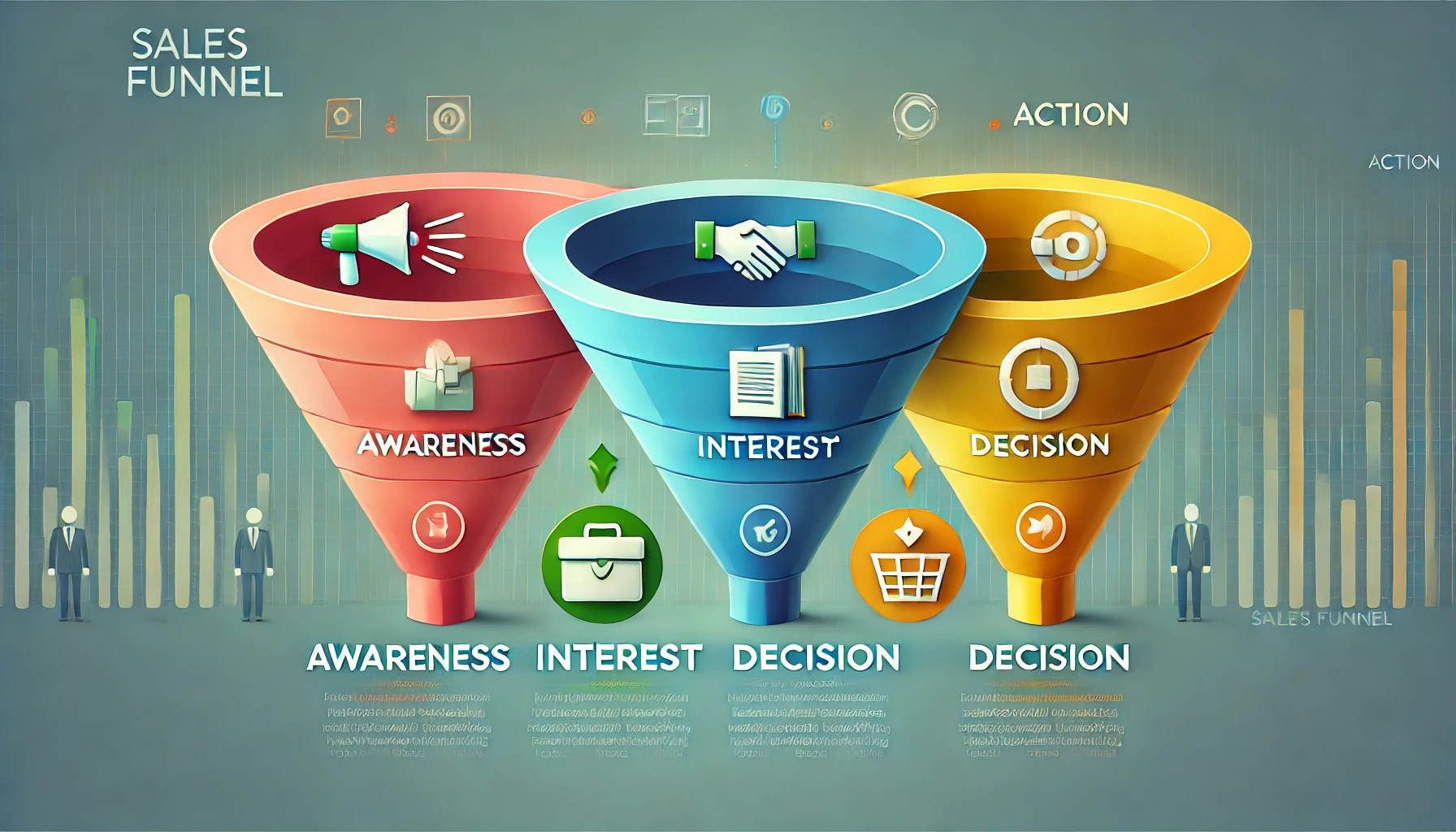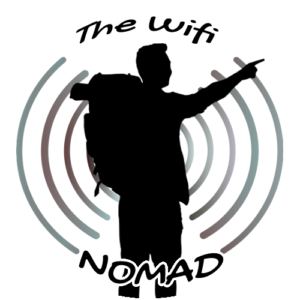I. Introduction
Have you ever struggled to figure out exactly why potential buyers drift away before they make a purchase? You might have all the right pieces in place—great products, persuasive copy, and a steady flow of visitors—yet people still exit your site without taking action. The answer often lies in how well you guide them through each stage of your sales funnel. In the previous article, we introduced you to the concept of a sales funnel and why it’s a powerful strategy for online marketers and affiliate marketers alike. Now, in Article 2, we’re going to break down each stage of a funnel—Awareness, Interest, Decision, and Action—and show you how to optimize them.
Think of it this way: a funnel is like a roadmap that turns casual onlookers into loyal customers, but if you don’t understand each turn, you’ll lose them along the way. In this article, we’ll explore how each stage works, what challenges you might face, and which tactics will help you keep your leads on the path to conversion. By the end, you’ll know how to pinpoint bottlenecks and strengthen any weak spots, ensuring that more people reach the bottom of your funnel ready to become paying customers.
II. The Four Core Stages of a Sales Funnel
A. Awareness Stage
Definition: The Awareness stage sits at the top of the funnel. This is where people first discover that you (and your solutions) exist. They might stumble upon your blog post, see your social media ad, or hear about you from a friend. Think of it as your initial handshake—a quick intro that tells them you have something they might need.
Goals:
- Reach a Wide but Relevant Audience – While you do want a large audience, quality still matters. Targeting random individuals who have no interest in your niche wastes your time and money. Focus on attracting people who share an interest in what you offer.
- Spark Curiosity – In just a few words or images, convince them to stick around. They need a reason to read your blog post, click your ad, or watch your video.
Strategies:
- Content Marketing – Well-optimized blog posts, videos, podcasts, and infographics can naturally bring in organic search traffic. For instance, if you run a baking blog, a post titled “10 Amazing Gluten-Free Recipes for Beginners” will attract people who are specifically interested in gluten-free baking.
- Social Media Marketing – Platforms like Instagram, Facebook, and TikTok help you reach potential leads who spend their time scrolling through feeds. Sharing bite-sized tips or eye-catching visuals can pique interest.
- Paid Ads – Services like Google Ads or Facebook Ads allow you to target specific demographics. This is a great shortcut to funnel traffic your way if you have some budget to invest.
Affiliate Link Placeholder: For creating catchy social media graphics or short videos, you could try [Canva Pro (affiliate link placeholder)]—it simplifies design even for beginners.
Example: Imagine a fitness coach who creates a YouTube channel with workout tutorials. People who watch these tutorials might realize, “Hey, this coach seems knowledgeable. Maybe I’ll follow them for more tips.” That initial spark sets the stage for the rest of the funnel.
B. Interest Stage
Definition: Once someone is aware of you, the next question is: “Should I stick around?” The Interest stage is where your audience moves from casual onlooker to genuinely curious lead. They’re not just glancing at your headline; they’re actively seeking more information about what you offer.
Goals:
- Provide In-Depth Value – You want to educate and engage them so they see you as a trusted source.
- Build Trust – People often need to see proof of your credibility and expertise.
Strategies:
- Lead Magnets – Offering freebies like eBooks, checklists, or short courses is a perfect way to collect emails and gently nurture interest. For example, a fitness coach might offer a “7-Day Meal Plan for Beginners.”
- Email Marketing – After someone signs up for your lead magnet, follow up with an automated email sequence that offers more tips and insights. This consistent communication keeps you on their radar.
- Webinars – Hosting a live session or a pre-recorded webinar can help you dive deeper into your topic. It’s also an opportunity for potential customers to interact with you in real-time, asking questions and getting immediate answers.
Affiliate Link Placeholder: If you need an easy way to build an email list and set up automated sequences, consider [ConvertKit (affiliate link placeholder)]. It’s user-friendly and offers built-in landing page templates.
Example: Continuing our fitness coach scenario, let’s say someone has watched a few videos and decides to sign up for the 7-Day Meal Plan. They receive an email series with daily tips, healthy recipes, and a bonus workout routine. Each email deepens their trust in the coach, making them more receptive to future offers.
C. Decision Stage
Definition: Now the lead is weighing their options. They know you exist, they’re interested in your content, and they see potential value in your offer. However, they’re also considering competitors or the possibility of doing nothing at all. This is the make-or-break point where they decide if your solution is worth paying for.
Goals:
- Overcome Objections – People might doubt your credibility, worry about the price, or wonder if the product actually works.
- Highlight Your Unique Value – Why choose you over a competitor? Emphasize your strengths, such as quality, customer service, or extra features.
Strategies:
- Case Studies and Testimonials – Showing real-world success stories helps leads visualize their own success. If a past client lost 20 pounds in three months, for example, that’s solid evidence your fitness program works.
- Limited-Time Offers – Creating a sense of urgency can nudge leads toward a decision. A discounted price or an added bonus that expires soon can tip the scales.
- Comparison Charts – If you have notable advantages over competitors, lay them out clearly. For instance, a chart comparing your coaching program’s features against a rival’s can clarify why yours stands out.
Affiliate Link Placeholder: Consider using [Thrive Ovation (affiliate link placeholder)] to collect and showcase testimonials on your website easily.
Example: Let’s say your lead is on your sales page, reading about your 12-week transformation program. They notice real photos of past clients and glowing testimonials about how the program changed their lives. They see a countdown timer offering a 20% discount if they sign up within the next 24 hours. All of this information helps them feel more comfortable taking the leap to buy.
D. Action Stage
Definition: The bottom of the funnel is where the final conversion happens—be it making a purchase, filling out a form, or scheduling a call. At this stage, any friction or confusion can still derail the sale, so clarity is key.
Goals:
- Ensure a Smooth Checkout – The fewer clicks, the better. If the checkout process is cumbersome, leads may abandon their carts.
- Reinforce Confidence – A simple thank-you page or confirmation email can let them know they made the right choice.
Strategies:
- Optimized Checkout Process – Provide multiple payment options, minimal form fields, and a straightforward user experience. A quick, stress-free checkout can significantly increase conversions.
- Upsells and Cross-Sells – Right after they decide to buy, you can offer complementary products or services. For example, if they purchase your fitness program, you might upsell a nutritional supplement guide.
- Thank-You Page – This page can do more than say “thanks.” It can deliver any purchased digital products or recommend the next steps, like joining a private Facebook group for accountability.
Affiliate Link Placeholder: Tools like [ClickFunnels (affiliate link placeholder)] can help you build an optimized checkout process with upsell features built right in.
Example: After the lead clicks “Buy Now,” they’re taken to a simple checkout form asking for just their name, email, and payment details. No unnecessary steps to confuse them. Once they purchase, they see a thank-you page congratulating them on taking the first step toward a healthier life. The page also offers a discounted meal-planning add-on. If they opt in, you’ve just increased your average order value.
III. Common Challenges at Each Stage
No funnel is perfect, and each stage brings its own hurdles. Here are some common roadblocks and how to tackle them:
- Awareness – You might struggle to stand out in a crowded market. If you’re not offering something unique or targeting your ads well, your funnel won’t fill up.
Solution: Narrow your audience. Use analytics to discover what resonates with them, and create content that addresses their specific problems. - Interest – Leads might forget about you if you don’t engage them quickly. They gave you their email, but maybe they’re bombarded with other offers.
Solution: Keep your email sequence consistent. Offer real value right away, and use a catchy subject line to entice them to open your emails. - Decision – Prospective customers often hesitate due to cost concerns or a lack of trust.
Solution: Offer testimonials, case studies, or a money-back guarantee to lower risk. Highlight how your product or service saves them time, money, or hassle in the long run. - Action – Cart abandonment is a real problem. If the checkout process is confusing or there are hidden fees, leads may exit.
Solution: Make sure all costs are transparent upfront and the checkout process is as streamlined as possible. Sending automated cart abandonment emails can also win back some lost sales.
IV. Tools to Streamline the Process
A well-built funnel relies on more than just strategy; it also benefits from the right tools. Here’s a quick rundown:
- Awareness: For designing eye-catching visuals or quick video edits, [Canva (affiliate link placeholder)] can help. To run targeted ads, you’ll need platforms like Google Ads or Facebook Ads.
- Interest: Email marketing services like [ConvertKit (affiliate link placeholder)] or Mailchimp allow you to create automated sequences. You could also use webinar platforms like Zoom, WebinarJam, or Demio for live presentations.
- Decision: Collecting and displaying testimonials is crucial. [Thrive Ovation (affiliate link placeholder)] or even simple testimonial sections on WordPress can help.
- Action: Funnel-building software like [ClickFunnels (affiliate link placeholder)] or Shopify’s built-in checkout process can guide customers from add-to-cart to final purchase with minimal friction.
If you’re on a tight budget, look for free trials or low-cost plans. The key is to start somewhere and upgrade as you grow.
V. Key Takeaways
- A Funnel is a Journey – Every stage addresses a distinct mindset: first, they discover you (Awareness), then they learn to trust you (Interest), decide if you’re worth it (Decision), and finally take the plunge (Action).
- Tailor Your Approach – Each stage requires different types of content, different marketing tactics, and different tools.
- Remove Friction – Whether it’s a complicated checkout or unclear messaging, any friction can drop your conversion rates at any stage.
- Leverage Tools – Don’t hesitate to use software solutions and services that automate repetitive tasks and optimize your funnel.
- Always Test and Optimize – A funnel isn’t set in stone. Regularly review your metrics and tweak what’s not working to see better results.
VI. Call to Action (CTA)
- Audit Your Existing Funnel: If you already have some pieces in place, list out which stages are strong and which might be losing leads. Focus on the weakest link first.
- Plan Your Content Strategy: Brainstorm one piece of content or a lead magnet for each stage. For instance, plan a new blog post for Awareness and a short eBook for Interest.
- Prepare for the Next Article: In our next piece, titled “Article 3: How to Create Your First Sales Funnel,” we’ll go step by step through building a complete funnel from scratch. If you’re ready to put all these stages into action, you won’t want to miss it.
VII. Closing
Understanding the stages of a sales funnel is like understanding the ingredients of a recipe. You can’t bake a cake if you skip the flour or the eggs, and likewise, you can’t convert strangers into loyal fans if you skip key parts of the funnel. Each stage serves a purpose, and if you nurture leads effectively through each one, you’ll see higher conversions, better relationships with customers, and, ultimately, more profit.
Of course, learning about these stages is just the beginning. The real magic happens when you put these concepts into practice. If you apply the tips we covered—like creating engaging content for the Awareness stage or adding a dash of urgency in the Decision stage—you’ll be well on your way to building funnels that run smoothly from top to bottom. By the time you reach the Action stage, you’ll have leads who aren’t just ready to buy; they’re excited to do so.


